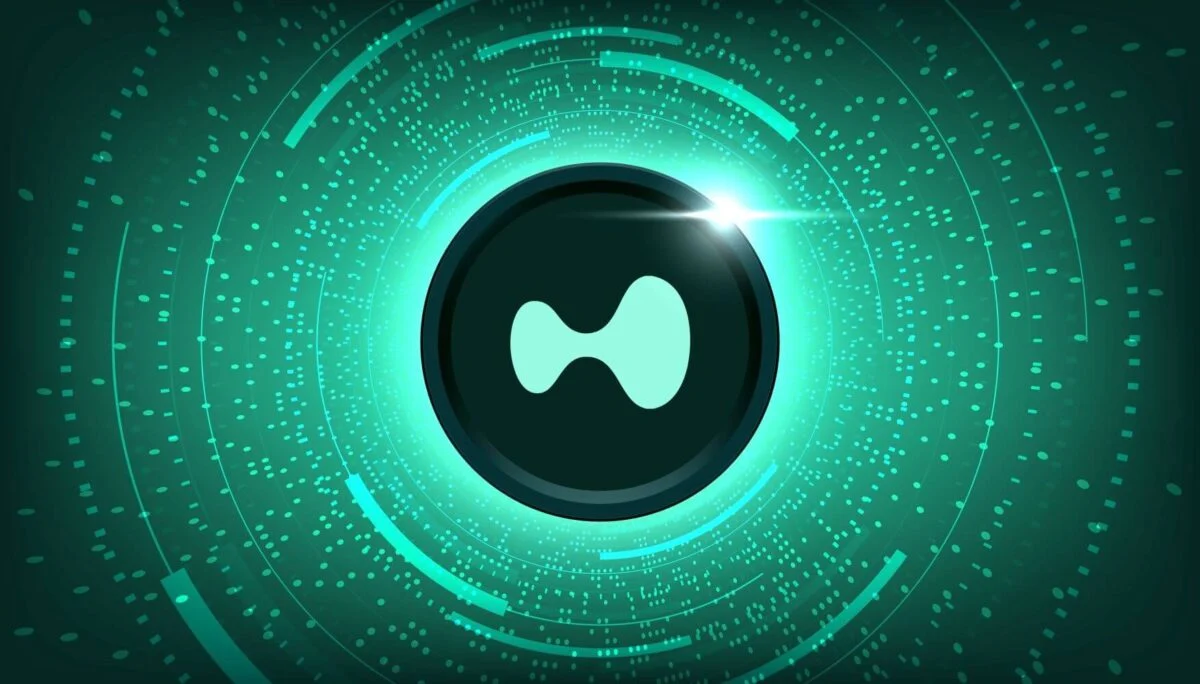The youngest public chain to launch USDC? Stablecoin public chain Codex has built-in compliance solutions to solve the exchange problem
Author: Haonan Li
Compiled by: Tim, PANews
On June 24, the stablecoin public chain Codex announced that the USDC native minting function was officially launched on its chain. Codex thus became the "youngest" public chain in the history of cryptocurrencies to launch USDC. Earlier in April, Codex announced the completion of a $15.8 million seed round of financing, led by Dragonfly Capital, with participation from Coinbase and Circle. Rob Hadick, general partner of Dragonfly, said the company invested about $14 million in this round of financing.
Why did Circle support Codex so early?
Traditional blockchain infrastructure limits the development of stablecoins because they often violate a key characteristic of an ideal currency: uniformity.
The ideal currency is uniform. No matter what form it takes, where it is stored, or who issues it, its value is the same.
However:
- 1 USD stablecoin is not equivalent to 1 USD in an Indonesian bank account
- One dollar of stablecoin is not equal to the actual value of one dollar in Indonesia's deposit and withdrawal channels.
- 1 USD stablecoin is not equal to the "correct" amount of IDRT (Indonesian Rupiah stablecoin)
- $1 in stablecoin is definitely not equal to the “correct” amount of rupiah in your local bank account
This is because:
- Stablecoin issuers located in different deposit and withdrawal channels have different compliance and custody risk characteristics, and blockchain technology will not make up for this difference.
- When stablecoins pass through different channels, the probability of getting stuck, requesting information failing, or being lost varies, and the chain structure cannot alleviate this transmission friction at all.
- Converting cryptocurrencies to local fiat currencies is often expensive, and the on-chain ecosystem has failed to provide a coordinated solution.
- On-chain foreign exchange trading volume is sluggish, quotation failures are frequent, and spreads are huge, and the entire on-chain ecosystem has not seen any efforts to solve this problem so far.
If the bank channel is not "compatible", the minting and destruction transaction speed between the issuer can only be as slow as SWIFT. The current blockchain ecosystem has insufficient investment in the field of legal currency infrastructure to solve this problem.
Since there is no on-chain ecosystem that solves these problems from a native perspective, issuers need to spend years obtaining licenses, opening bank accounts, reaching expensive trading partnerships with market makers, listing on exchanges, and building deposit and withdrawal channels.
Just this weekend, the Wall Street Journal reported that Walmart and Amazon are exploring issuing their own stablecoins. They will soon find out why Circle needs 1,100 employees.
This means tedious, repetitive, redundant work that every new issuer must handle. Why can’t it be solved at the chain ecosystem level so that each issuer doesn’t have to handle it themselves?
The reason is that most of these problems are concentrated at the boundary between fiat currency and cryptocurrency. Blockchain development teams have not paid much attention to these boundary issues. They are usually neither interested in nor have the expertise to solve these problems.
Codex is a blockchain dedicated to solving these problems. It is obtaining licenses, opening bank accounts, accessing fiat currency exchange services, and applying cutting-edge blockchain research results to achieve:
- T+0 Wholesale Foreign Exchange
- Zero friction atomic-scale exit channel
- Risk-free fiat currency delivery
T+0 Wholesale Foreign Exchange (Private Beta Version)
Codex Avenue is an on-chain trading platform for institutional clients, providing instant settlement and exchange services between various fiat currencies and stablecoins, and executing transactions at wholesale prices.
- USD <> USD stablecoin exchange: Instant completion, 1:1 or close to 1:1 exchange rate, support for large transactions
- USD <> non-USD stablecoin swaps, priced at instant wholesale exchange rates.
- Fiat currency <> Stablecoin: Achieve par or low-cost exchange in dozens of countries and regions.
Atomic withdrawal channel (Q4 2025)
The current state of compliance review occurs off-chain and lacks atomicity, resulting in account freezes and inability to withdraw funds.
Codex enforces compliance checks during the transaction execution process, rather than after the fact. Transactions that fail the compliance check of the deposit and withdrawal channels will be rolled back. This means that users' stablecoins will never be stuck in the deposit and withdrawal channels due to compliance issues.
Risk-free fiat currency redemption (Q4 2025)
In many parts of emerging markets, withdrawal channels are unreliable, inefficient or fraudulent. The Codex platform uses a validator pool consisting of participating channels and relies on native slashing rules to ensure that validators are held accountable.
This means that users can ensure that off-chain transactions are executed safely and quickly with unprecedented assurance.
Because of this, Codex may become the future of stablecoins.
You May Also Like

Circle Invests in Hyperliquid and Launches Native USDC Integration

Payment Processor Remitly Plans Stablecoin Rollout for International Transfers
